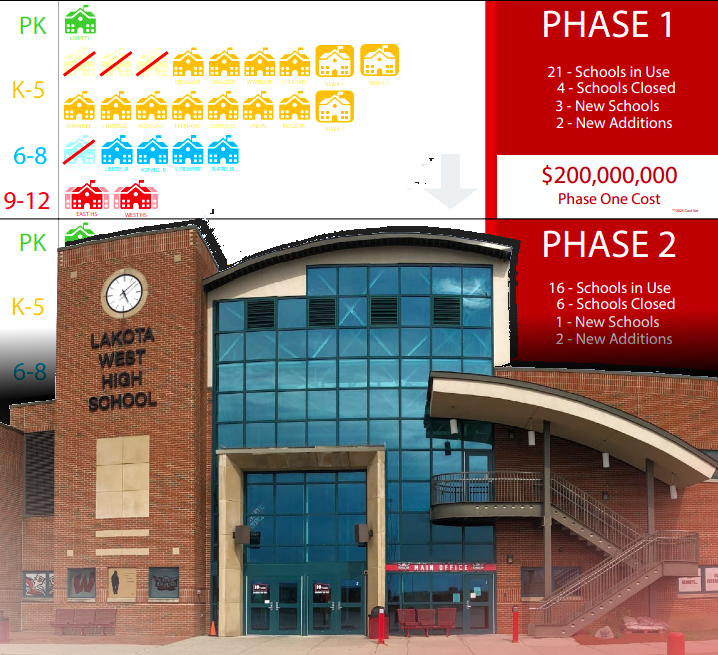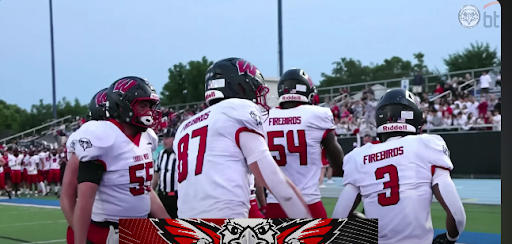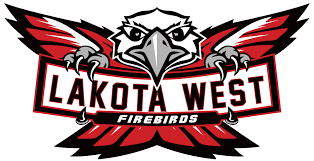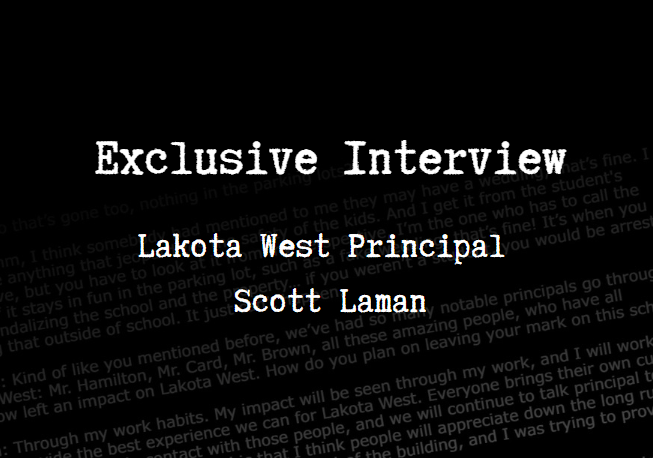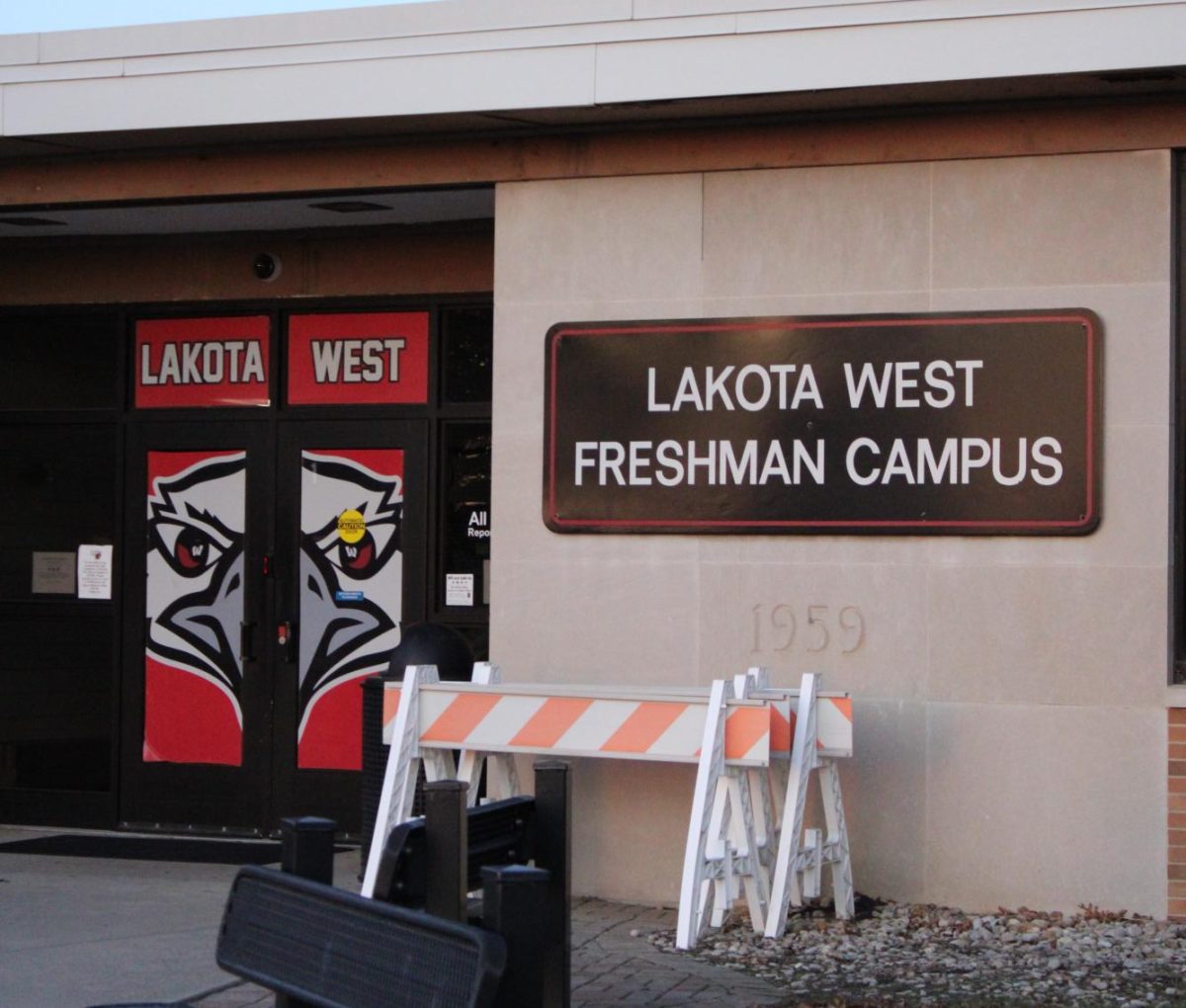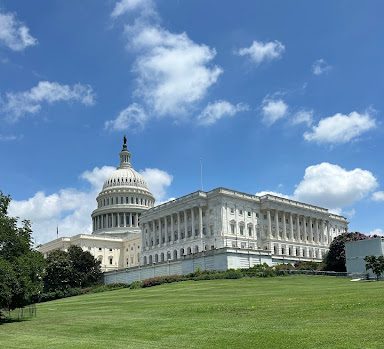Over the past few years, Lakota’s School Board has been hard at work constructing the future of the district; everything from designing new buildings, changing grade setups throughout the entire district, and even adding a potential third branch of Lakota has been talked about. As the year has passed, the board’s progress on the district-wide redesign has remained, for the most part, out of the spotlight. After their original plans were delayed and adjustments were made to an already established plan of action, what lies in store for the ambitious Master Facilities Plan, and will we ever see it complete at the current rate of progress?
During the final month of 2022, the board voted on a plan of action called “Option 4” (of four total options) per a vote on December 12th. Four of the five board Members called for its finalization, with Darbi Boddy being the outlier. The chosen option, which had a price of 502 million dollars, consisted of 15 total schools in both East and West, with two new high schools being built and the current high schools being renovated into combined middle schools.
At the time, the decision was considered, “a very, very nice happy medium (and is) fiscally responsible for putting in new programs for the kids,” as stated by Lakota Treasurer Adam Zink on the district website.
For more information on Option 4 and all topics previously discussed, see “Lakota’s APPROVED Master Facilities Plan” published on March 1st, 2023.
During a meeting on March 6th, 2023, the district began looking at plots of land for new buildings, particularly areas for the new high schools. Lakota East HS would be located either at Hopewell Junior and ECS, or Liberty Junior and Woodland elementary schools. Both plots faced numerous challenges, such as a U-shaped plot and sharing land with the district’s service center and bussing garage.
Lakota West HS would be located either at the Plains Junior/VanGorden Elementary/Central Office buildings or the West Freshmen/Creekside/Lakota Central plot of land. Both locations also contained challenges, such as difficult terrain or too many existing buildings.
Both high schools would be 3 stories tall but would have limited athletic facilities. West would lack efficient parking and tennis/softball facilities, while East would face destroying essential buildings already present, or no possible way to include any athletic facilities.
Board member Julie Shaffer shared concerns about the design of the high schools, stressing that the district needs to be ready for whatever the future holds. The ability to adapt is crucial in the growth of Lakota’s facilities.
“We need to be agile enough to meet whatever changes come down the pike because none of us can anticipate what’s going to happen in the next 20 years.”
The only thing that has seemed consistent is the idea of the newly-designed grade bands: K-5, 6-8, and 9-12 grade buildings. The designs used to assess properties also used the same high school blueprints, implying no changes have currently been considered with the specifics of how the high schools should be constructed to adapt to the ever-changing future of the district. The March 6th meeting concluded with mentions of adding on to the current high schools, something that would become more relevant in future meetings.
The Master Facilities committee met up a few months later on May 5th, 2023, and confirmed the revised grade bands. Chris Passarge, the Chief Operations Officer quickly declared that creating new high schools would not be viable, so they planned on introducing “Option 5,” which is still the plan as of February 29th, 2024.
 Passarge announced that Lakota East Freshman and Plains Junior would become the new middle schools to house grades 6-8. Option 5 also added one new elementary school on top of the original Option 4 plans, which would create four new K-5 elementary schools, joining the ranks of Endeavor, Cherokee, Wyandot, Ridge Jr., and more.
Passarge announced that Lakota East Freshman and Plains Junior would become the new middle schools to house grades 6-8. Option 5 also added one new elementary school on top of the original Option 4 plans, which would create four new K-5 elementary schools, joining the ranks of Endeavor, Cherokee, Wyandot, Ridge Jr., and more.
The new cost of Option 5 would be 515 million dollars (using existing athletic facilities), whereas Option 4 was 562 million (excluding athletic facilities).
The board met back up on August 18th, 2023, to kick off the new year with revised information on Option 5. The timing is now the biggest concern, with a plan needing to be established as soon as possible. A timeline was established with 4 different options. The first option (1 phase) would complete all construction between 2026-2029, with all renovations costing only 368 million dollars.
The second option (2 phases) would take place from 2026 to 2029, with the first phase being from 2026 to 2028, and the final phase lasting 2028 until 2029. The first phase would make additions to the high schools and new middle schools, costing 206 million, while phase two would build the four new elementary schools, costing 156 million. The total cost of this option would be 365 million dollars.
The third option (3 phases) would take place from 2026 to 2031, costing 377 million dollars overall. The first phase would last from 2026 to mid-2027, creating additions for the East and West high schools (102 million). The second phase would cost 106 million and last from 2027 to mid-2028, creating additions to the new middle schools. The final phase would build the four new elementary schools, lasting from early 2030 to mid-2031, costing 169 million.
The final option would be in 3 phases, but with an extended timeline. The phases would each cost 105.5, 108.5, and 169 million, totaling to 380 million dollars. Unlike other options, this option considers current inflation. This option follows the same construction timeline, but spaces out voting on bond issues. Instead of voting in 2024, ‘25, and ‘28, voting would happen in 2024, ‘26, and ‘28.
Both Passarge (Operations Officer) and Zink (Financial Secretary) agreed the three-phase option would cost taxpayers the least, and allow them to make changes without feeling rushed.
The most recent meeting (with online information), held on November 17th, focused on the current state of the district and the need for repair for certain buildings (particularly focused on West Freshmen). Passarge reminded community members that “There is sometimes the perception that we’re not doing anything in these buildings. That’s not the truth.”
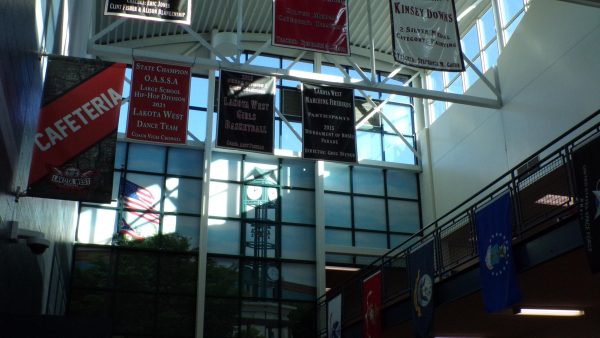 Mentions of the building’s roofing were brought into discussion, with mentions of flooding being a primary issue at West Freshmen, Shawnee, Heritage, and Woodland.
Mentions of the building’s roofing were brought into discussion, with mentions of flooding being a primary issue at West Freshmen, Shawnee, Heritage, and Woodland.
“The PI (permanent improvement) fund is probably not going to make it for us longer term,” said Passarge when discussing the issues with the board. “We’re going to have to look at using the rainy day fund or some general fund dollars to help support some of these capital improvement projects.”
Interim Superintendent Elizabeth Lolli brought up concerns for the staff-to-student ratio in the classroom, calling for more space to teach due to an increase in district enrollment.
“We’re expecting teachers to do small group instruction and still be able to meet the needs of students…we’re at 28, 29 students in a classroom and no place to create new classrooms.”
Based on current ideas, the board is likely to choose the third option, with three phases. It has not been made clear if they will choose the normal or extended timeline, but due to costs, the extended timeline seems the most feasible to pull off. Discussions have also been made on re-analyzing the growth of the West Chester/Liberty areas to determine what needs to be done to accommodate for the rapid increase in student enrollment.
With the future of the district on the line, many are split on where to take the schools. Should Passarge and the board reconsider building new high schools, or is adding on to the current buildings the way to go?
**For more on redesigning the East and West high schools, check out “What Lakota NEEDS to add to their NEW East + West High Schools,” or read “It’s Time to Modernize Lakota’s High Schools.”**

